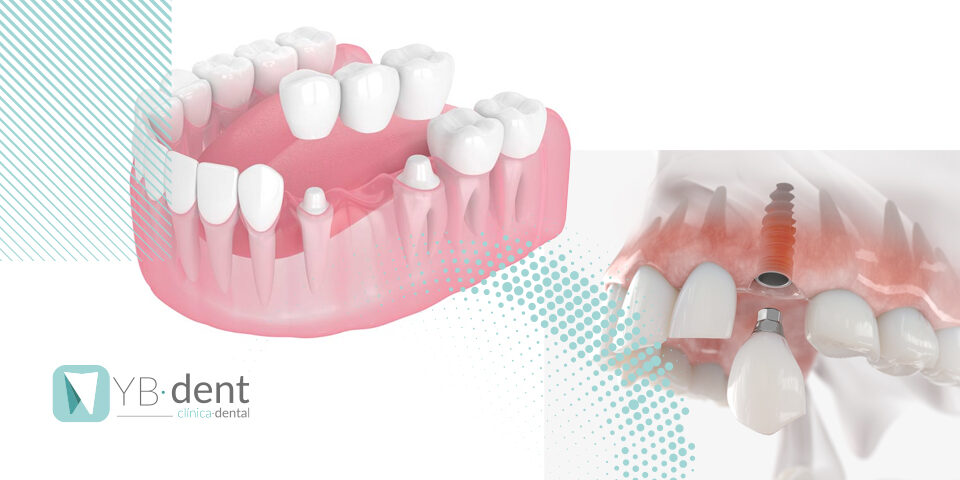Tipos de dientes y las funciones que tienen

Puede que sean los órganos que más pasen desapercibidos de nuestro cuerpo, porque sí, son órganos. Los dientes tienen una función muy importante en nuestro organismo y es que son el primer elemento que forma el aparato digestivo y están diseñados para que nuestro estómago funcione de la mejor forma.
La boca de un adulto está compuesta por 32 piezas dentales, la de un niño por 20, y cada una de estas piezas tiene una forma y función específica. A pesar de esto, la dentadura de un humano es como una huella dactilar, es diferente en cada persona. De hecho, en numerosos casos policíacos ha actuado como identificador.
Tipos de dientes
Los dentistas hablamos de arcadas y números para identificar cada pieza. Esta forma de identificación es más sencilla de lo que parece.
Arcadas. La boca se divide en 4 arcadas, dos en la parte superior y dos en la inferior. Y cada una tiene 8 dientes.
Números. Emplean dos números (por ejemplo: 11, 21, 31, 41…), el primer dígito hace referencia a la arcada y el segundo a la posición del diente, donde el 10 y el 20 son la parte derecha e izquierda de los dientes de arriba, respectivamente, y el 30 y 40 de la de abajo. El segundo número, por ejemplo, el 11, hace referencia al primer diente de la parte derecha de arriba, como veremos a continuación uno de los incisivos.
Esta es la forma en la que trabajan los dentistas, pero los dientes tienen también asociado un nombre, dependiendo de su forma y función. Contamos con Incisivos, caninos, premolares y molares.
Incisivos
son 8 y tienen forma afilada y plana.
¿Dónde se ubican? los encontramos en la parte central de nuestra boca; cuatro arriba y cuatro abajo.
Función. Su función principal es cortar los alimentos.
Los incisivos en los niños. Los incisivos en los dientes de leche empiezan a salir a los 6 meses, de hecho, normalmente son los primeros en salir. En la dentadura definitiva salen también los primeros sobre los 6 y 7 años.
Caninos
son 4, normalmente se conocen como colmillos porque tienen forma puntiaguda.
¿Dónde se ubican? Los caninos están ubicados dos arriba y dos abajo, justo al lado de los incisivos.
Función. Su función es desgarrar la comida
Los incisivos en los niños. En los niños los incisivos aparecen primero en la parte de arriba a partir de los 16 meses, y en la dentadura definitiva salen primero los de abajo a partir de los 9 años.
Premolares
Son 8, y tienen forma más plana y ancha.
¿Dónde se ubican? Cuatro arriba y cuatro abajo, y son los dientes siguientes a los caninos, dos a cada lado.
Función. Se encargan de la primera fase de triturar la comida.
Los incisivos en los niños. Los niños no tienen premolares de leche, directamente sobre los 10 años empiezan a aparecer los primeros premolares definitivos, y después los segundos a su lado.
Molares
Son 12, aunque algunas personas no llegan a tener nunca los 12. Entre estos la famosa muela del juicio.
¿Dónde se ubican? Los molares son los tres, o dos como ya hemos comentado, últimos dientes de cada lado de la boca.
Función. Su función es muy clara, masticar y triturar los alimentos para facilitar el trabajo a nuestro estómago, además de esta forma también nos evita los posibles peligros de ingerir alimentos en mal estado o que dañen nuestro intestino.
Los incisivos en los niños. En los niños, a partir de los 12 meses y hasta los 15 meses empiezan a aparecer los primeros y segundos molares, que se reemplazarán por los definitivos a los seis años los primeros molares y a partir de los 11 los segundos. Durante toda nuestra vida adulta se desarrollan los terceros molares o muelas del juicio.
Tener en cuenta la importancia de los dientes en nuestra alimentación y en nuestra vida en general es crucial, y en esta importancia reside la insistencia de los dentistas de cuidarlos. Recuerda que un especialista debe revisar tus dientes al menos una vez al año. Así que si aún no tienes un odontólogo de confianza puedes llamar a la Clínica Dental YB-dent y concertar tu primera visita.



